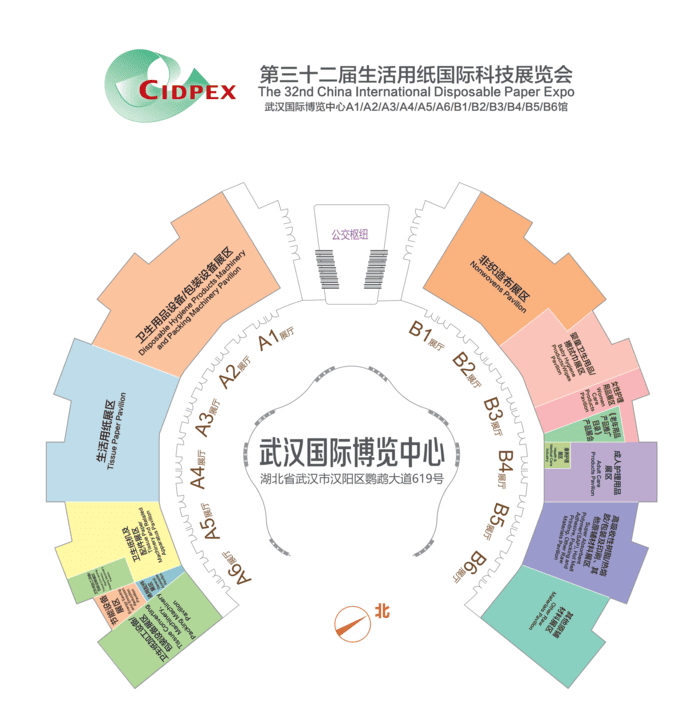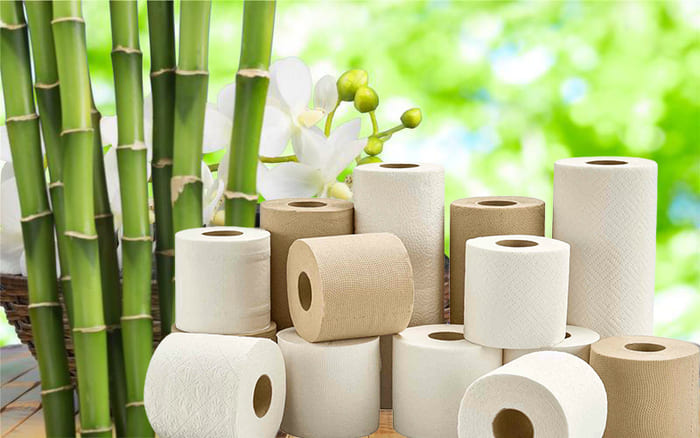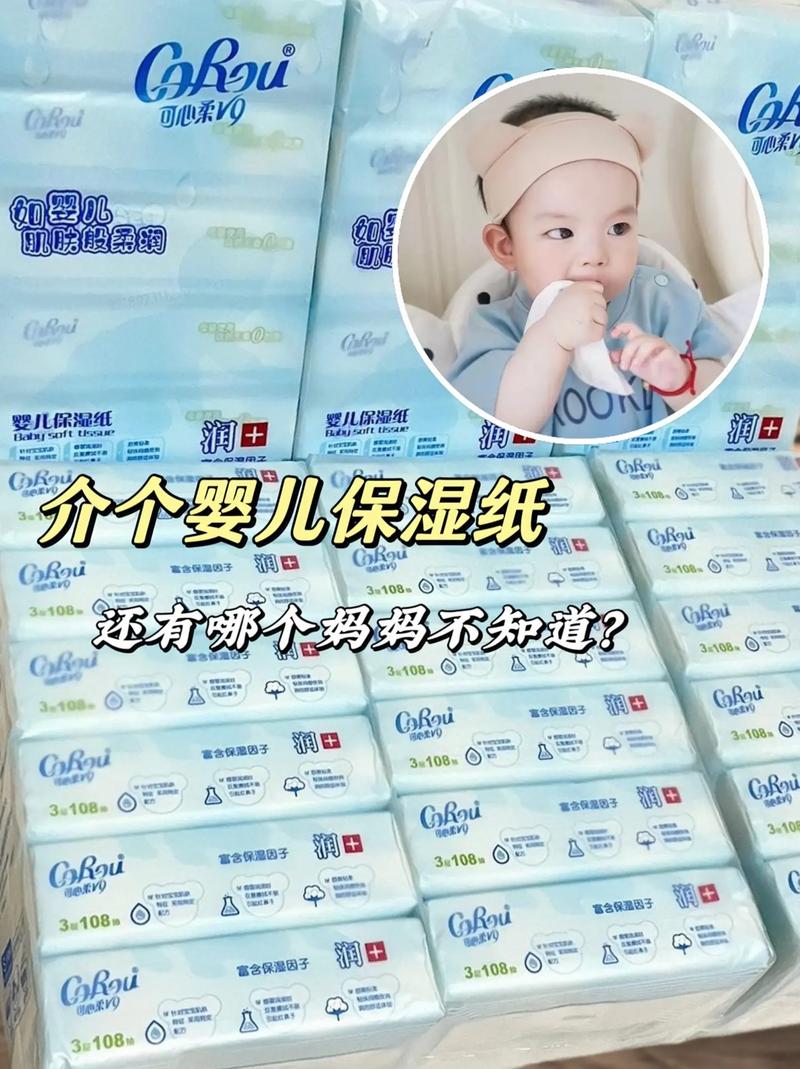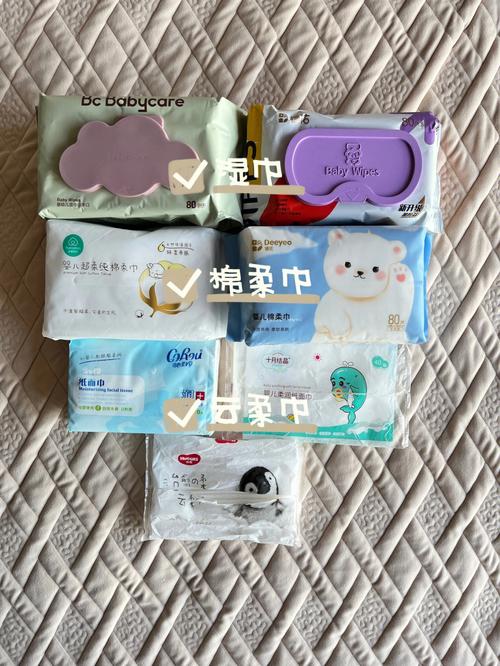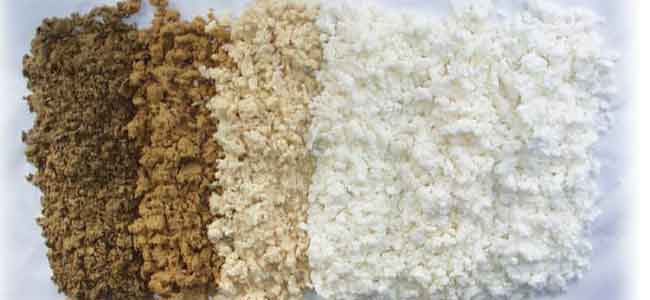Virgin Wood Pulp vs Bamboo Pulp for Tissue Paper: Which is the Better One?
Tissue paper is a common household product that can be used for various purposes, such as wiping, cleaning, wrapping, or crafting. Tissue paper is usually made from pulp, which is a fibrous material derived from plant sources. The most common sources of pulp for tissue paper are wood and bamboo, but there are also other non-wood alternatives, such as wheat straw, bagasse, or recycled paper. In this article, we will compare the advantages and disadvantages of virgin wood pulp and bamboo pulp for tissue paper production and consumption.
II. What is Virgin Wood Pulp?
Virgin wood pulp is pulp that is made from fresh wood chips or logs that have not been previously used for papermaking. Virgin wood pulp can be obtained from hardwood or softwood trees, depending on the desired properties of the tissue paper. Hardwood fibers are shorter and thinner than softwood fibers, which makes them more suitable for softness and absorbency. Softwood fibers are longer and coarser than hardwood fibers, which makes them more suitable for strength and bulk.
Virgin wood pulp can be produced by different pulping processes, such as kraft, sulfite, or soda. The pulping process involves cooking the wood chips or logs with chemicals to separate the fibers from the lignin and other impurities. The resulting pulp is then bleached to remove any remaining lignin and improve the brightness and whiteness of the tissue paper.
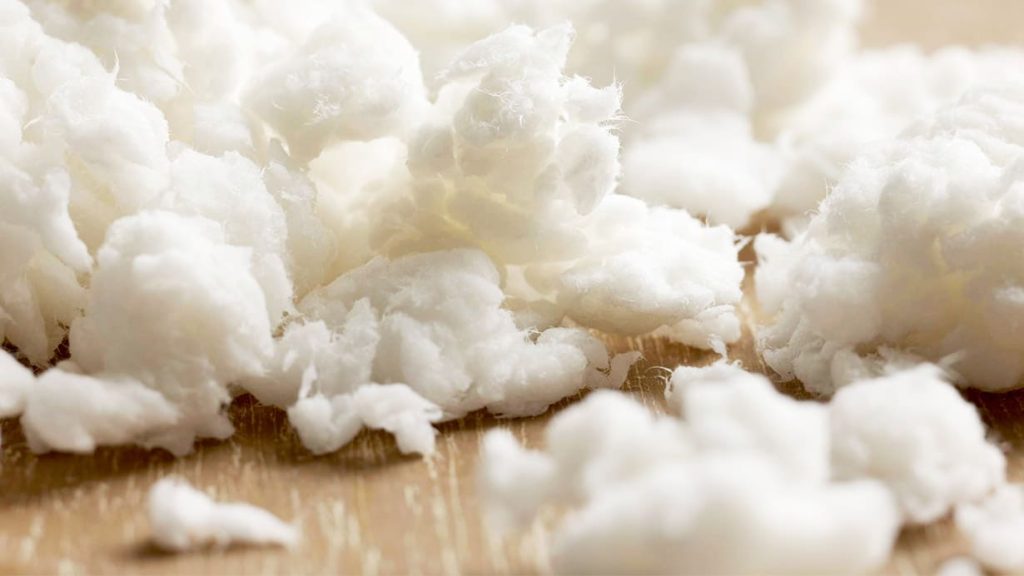
III. What is Bamboo Pulp?
Bamboo pulp is pulp that is made from bamboo stems or culms that have been harvested and processed for papermaking. Bamboo is a fast-growing grass that can reach maturity in three to five years, compared to hardwood trees that can take 10 to 20 years and softwood trees that can take 20 to 40 years. Bamboo also has a higher yield per hectare than trees, which means it can produce more pulp with less land and resources.
Bamboo pulp can be produced by similar pulping processes as wood pulp, such as soda or kraft. The pulping process involves cooking the bamboo stems or culms with chemicals to separate the fibers from the lignin and other impurities. The resulting pulp is then bleached to remove any remaining lignin and improve the brightness and whiteness of the tissue paper.
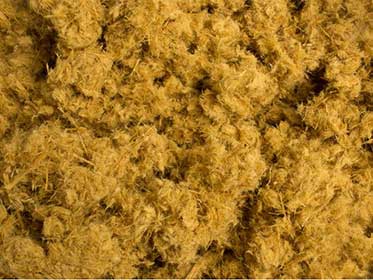
IV. How Do They Compare?
Virgin wood pulp and bamboo pulp have different advantages and disadvantages for tissue paper production and consumption. Here are some of the main aspects to consider:
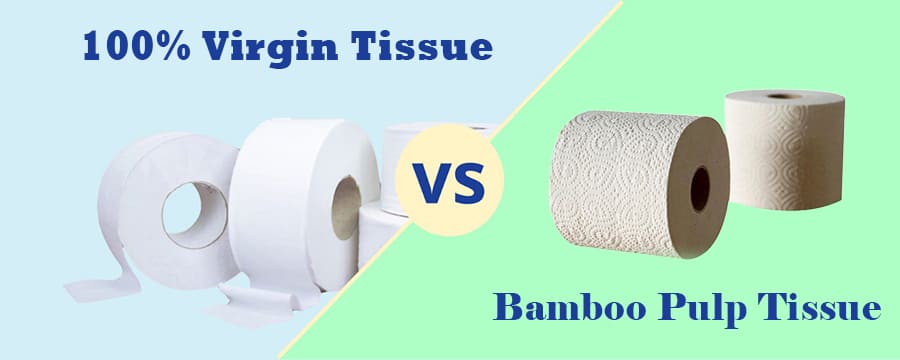
1.Environmental Impact
One of the main concerns about tissue paper production is its environmental impact, especially in terms of deforestation, water consumption, greenhouse gas emissions, and waste generation. Virgin wood pulp and bamboo pulp have different environmental impacts depending on their source and processing methods.
Virgin wood pulp can have a negative impact on the environment if it comes from unsustainable sources, such as old-growth forests, endangered species habitats, or illegal logging operations. Virgin wood pulp can also consume a lot of water during the pulping and bleaching processes, which can affect the availability and quality of water resources. Virgin wood pulp can also emit greenhouse gases during the transportation of raw materials and finished products, as well as during the decomposition of waste materials in landfills.
Bamboo pulp can have a positive impact on the environment if it comes from sustainable sources, such as certified plantations, organic farms, or community forests. Bamboo pulp can also consume less water than virgin wood pulp during the pulping and bleaching processes, as bamboo requires less water than trees to grow and has a higher cellulose content than wood. Bamboo pulp can also emit less greenhouse gases than virgin wood pulp during the transportation of raw materials and finished products, as bamboo has a lower carbon footprint than wood.
2.Performance
Another important aspect to consider about tissue paper production is its performance, especially in terms of softness, absorbency, strength, and bulk. Virgin wood pulp and bamboo pulp have different performance characteristics depending on their fiber morphology and processing methods.
Virgin wood pulp can provide a good balance of softness, absorbency, strength, and bulk for tissue paper products. Virgin wood pulp can also be blended with different types of fibers to achieve different properties for different applications. For example, hardwood fibers can be blended with softwood fibers to increase softness and absorbency without compromising strength and bulk. Virgin wood pulp can also be refined to different degrees to modify its fiber morphology and improve its performance.
Bamboo pulp can provide a superior combination of absorbency and strength for tissue paper products. Bamboo fibers are longer and thinner than hardwood fibers but shorter and thicker than softwood fibers, which gives them an optimal balance of flexibility and stiffness. Bamboo fibers also have a higher hemicellulose content than wood fibers, which makes them more hydrophilic and absorbent. Bamboo pulp can also be blended with different types of fibers to achieve different properties for different applications. For example, bamboo fibers can be blended with softwood fibers to increase strength without sacrificing softness.
3.Cost
The final aspect to consider about tissue paper production is its cost, especially in terms of raw material price, processing cost, transportation cost, and market demand. Virgin wood pulp and bamboo pulp have different cost implications depending on their availability and quality.
Virgin wood pulp can have a high cost if it comes from scarce or expensive sources, such as hardwood trees from tropical regions or softwood trees from boreal regions. Virgin wood pulp can also have a high processing cost due to the high energy and chemical consumption during the pulping and bleaching processes. Virgin wood pulp can also have a high transportation cost due to the long distances between the raw material sources and the tissue paper mills or markets.
Bamboo pulp can have a low cost if it comes from abundant or cheap sources, such as bamboo plantations in subtropical regions or organic farms in rural areas. Bamboo pulp can also have a low processing cost due to the low energy and chemical consumption during the pulping and bleaching processes. Bamboo pulp can also have a low transportation cost due to the short distances between the raw material sources and the tissue paper mills or markets.
V.Conclusion
In conclusion, virgin wood pulp and bamboo pulp have different advantages and disadvantages for tissue paper production and consumption. Virgin wood pulp can provide a good balance of performance for tissue paper products but can have a negative impact on the environment if it comes from unsustainable sources or consumes a lot of resources during processing or transportation. Bamboo pulp can provide a superior combination of absorbency and strength for tissue paper products but can have a positive impact on the environment if it comes from sustainable sources or consumes less resources during processing or transportation.
Therefore, there is no definitive answer to which one is better for tissue paper production or consumption. It depends on various factors such as environmental preferences, performance requirements, cost considerations, availability options, quality standards
VI. Related Topics
– Bamboo Pulp or Virgin Wood Pulp: Which One is More Suitable for Tissue Paper Production?
– A Comparison of Virgin Wood Pulp and Bamboo Pulp for Tissue Paper Properties and Performance
– The Advantages and Disadvantages of Using Virgin Wood Pulp or Bamboo Pulp for Tissue Paper Products
– How Virgin Wood Pulp and Bamboo Pulp Affect the Environmental Impact and Cost of Tissue Paper Production
– Virgin Wood Pulp vs Bamboo Pulp: A Critical Analysis of Their Differences and Similarities for Tissue Paper Applications

